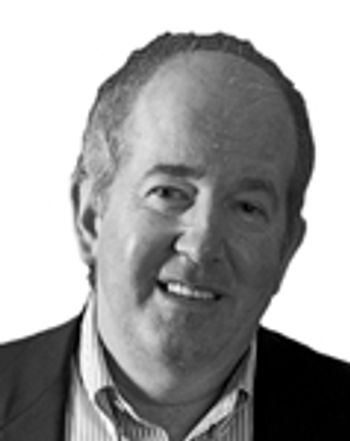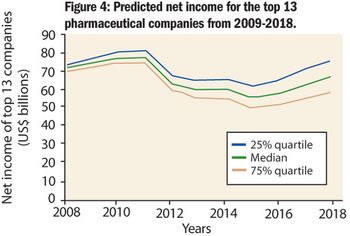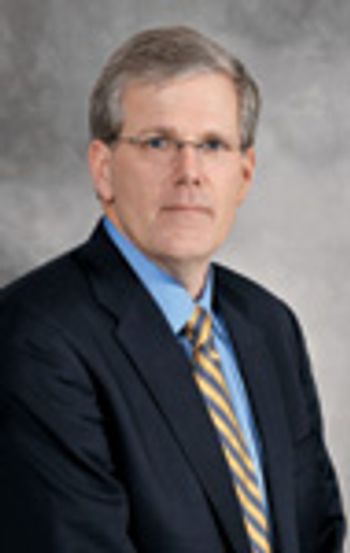
The public-interest charity takes on pharma-influenced medicing and drug-resistant bacteria.

The public-interest charity takes on pharma-influenced medicing and drug-resistant bacteria.

Pharma companies can maximize partnership benefits with social media.

Innovation in industry has always required a strong internal champion; the danger is a process led by the risk-adverse and externally-driven stakeholder consensus called "death by faint praise." Is this really what we mean by "bold partnerships?"

May 24, 2010.

In the wake of megamergers and healthcare reform, Pfizer and Merck both produce fairly positive first quarter results

One Pill Makes You Better?

Cash-rich Big Pharmas are hedging their bets to cover both segments under the rubric of "diversification." If it sticks to the wall, then buy it.

Marketers must focus on getting busy women the help they need in making critical decisions about their healthcare.

A new Cegedim Dendrite study shows just how ill-equipped pharmaceutical companies are to deal with spending disclosure legislation, and how many are turning to third parties to do the job.

Sales reps faced another round of layoffs last week as Sanofi-Aventis restructures its sales force due to looming generic competition and a dip in sales.

IMS Health reports a nice increase in prescription sales from 2008 to 2009, even with a recession in full swing. That said, numbers are still well below the historic sales of a few years back, and it's anyone's guess if they will reach that high again.

Big thinker Bernard Munos delivers the goods.

Dutch pharma releases the same drug as a brand and a generic. Will this two-pronged attack work?

Proving that one good turn deserves another, Pfizer and GlaxoSmithKline announced that they would provide millions of doses of pneumonia vaccines to some of the world's most impoverished countries at massive discounts.

The number of consumers ditching their drugs at the pharmacy keeps climbing as the economy worsens.

A new report from IMS Health bumps the number of emerging markets to 17 and predicts that these nations will account for $90 billion in sales in the next four years. How will pharma take advantage of the opportunity?

NCM - Bold Brands Drive Revenue with Storytelling

Monday was a gloomy day for industry as two separate drug trials went belly up. AstraZeca's Recentin proved that it wasn't up-to-snuff compared with Avastin, and the Roche/Biogen Idec arthritis collaboration treatment, ocrelizumab, may have led to fatalities.

Three ad agencies came up with two similarly designed ways of keeping track of online healthcare conversation, harnessing the power of social media sites like Twitter and Digg.

The Indian generic firm Ranbaxy was dealt another blow this week as its version of the enlarged prostate drug Flomax was denied approval in the US just as it was about to go to market.

Improve your leadership impact

Merck’s Man in Emerging Markets

Here are five pharmaceutical advertisement parodies that will make you howl 'till it hurts.

The company released its numbers for 4Q '09, but is still hunting for more annual savings, which could come in the form of up to 15,000 job cuts.

Added funds for FDA to come from new user fees, largely for food and tobacco regulation.

The popular antidepressant is associated with up to 91 percent increase in risk of death in patients undergoing tamoxifen treatment for breast cancer.

February 10, 2010.

Gauging the Risk of Dual Enrollment - Independent Data Integrator - Clinical RSVP Whitepaper

Prix Galien 2010 Sponsorship Guide